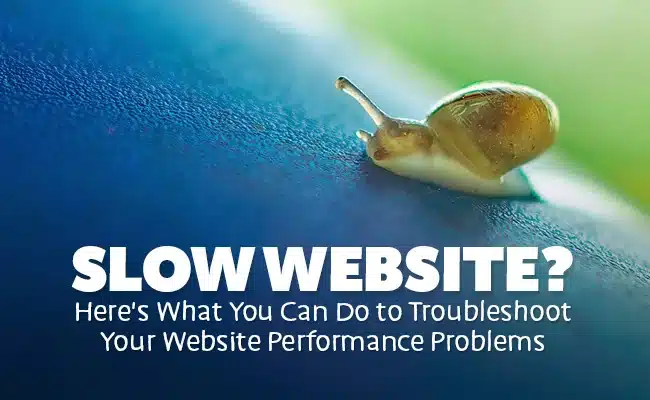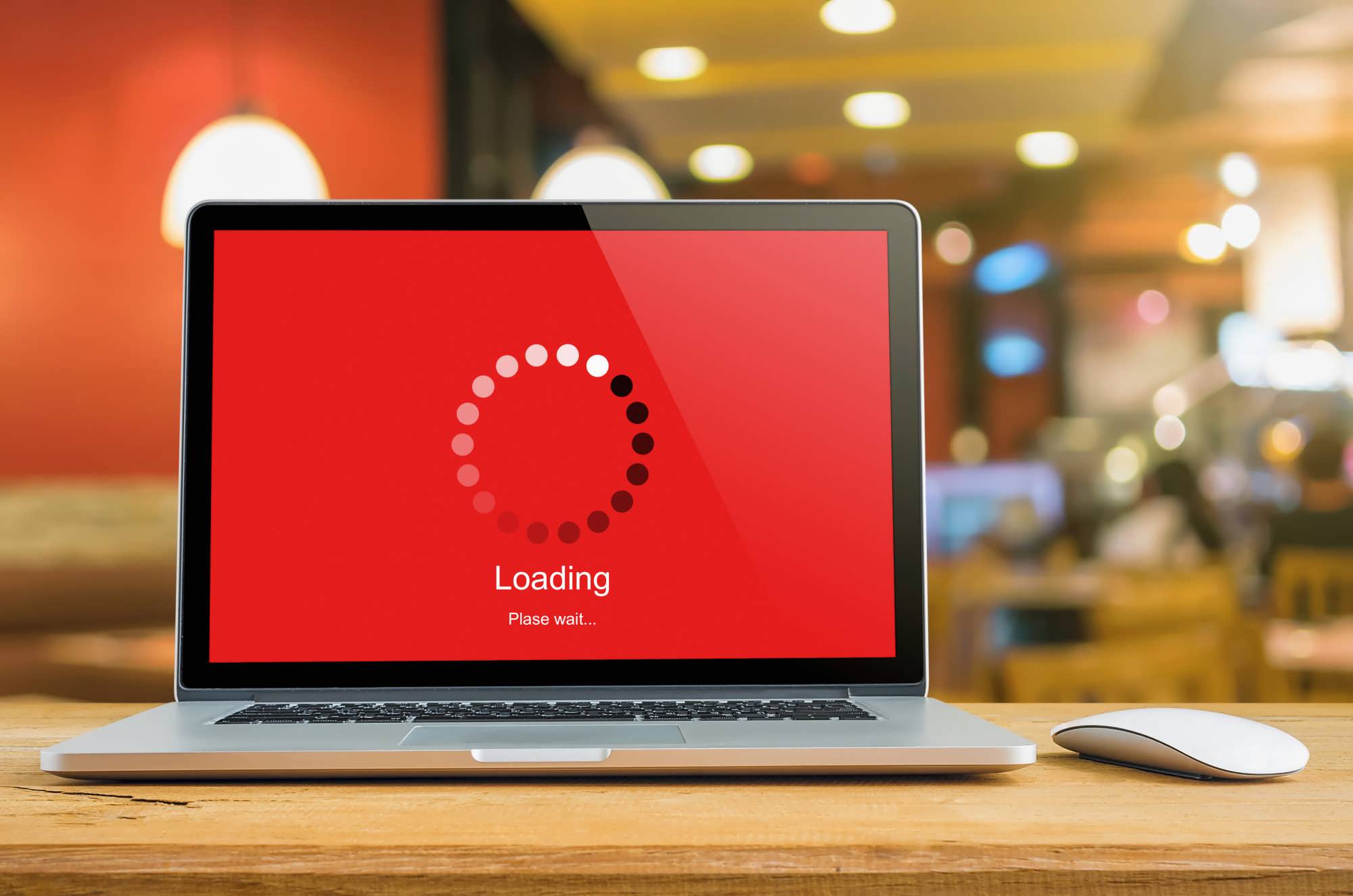Venturing into the world of digital marketing has evolved into an indispensable aspect of achieving business success in today’s rapidly evolving landscape. In fact, some assert that its significance has escalated to the point where it can even surpass the importance of the product itself. The prevailing sentiment suggests that without the right marketing strategies in place, you risk squandering valuable time and effort.
Within the expansive realm of digital marketing, a significant portion of the puzzle is centered around one pivotal entity: your business website. Irrespective of the scale of your enterprise, a robust online presence through a dedicated website has become non-negotiable. It serves as the cornerstone of your virtual storefront, a portal through which potential customers explore and interact with your brand.

Yet, in this age of immediate gratification, where attention spans wane and patience is thin, a sluggish-loading website can serve as a significant deterrent to user engagement. The modern consumer demands swiftness and efficiency, and failing to provide it can inadvertently turn them away. A multitude of factors can contribute to this unfortunate phenomenon, leading to the exasperating “loading” icon that, all too often, results in users exiting your site before even fully immersing themselves.
Here’s where the urgency lies: a delay of just a few seconds in loading time can translate into a substantial drop in user engagement. According to research, a mere one-second delay in loading time can lead to a 7% reduction in conversions. Moreover, Google’s algorithms have long since incorporated loading times as a ranking factor, influencing how your website appears in search engine results. Clearly, website speed isn’t just a matter of user experience; it’s intertwined with your business’s visibility, credibility, and ultimately, its success.
So, how can you address this pressing concern and ensure that your website loads quickly and efficiently, captivating users from the very moment they arrive?
- Harness the Power of Content Delivery Networks (CDNs)The concept behind a Content Delivery Network (CDN) is ingeniously simple, yet its impact is profound. A CDN comprises a network of strategically positioned servers across various geographic locations. These servers collaboratively deliver your website’s content to users based on their geographical proximity to the servers. By distributing content from servers that are physically closer to the user, CDNs significantly reduce the distance the data has to travel, leading to faster loading times.
Beyond mere proximity, CDNs also alleviate server load and enhance security. A prime example of this concept in action is the way in which images, videos, and other static elements are distributed across the network. The result? A seamless, expedited user experience that leaves no room for frustrating delays.
- Streamline Plugins for Optimal PerformanceThe allure of plugins is undeniable: they expand your website’s functionality, adding features and aesthetics that elevate user experience. However, the convenience they provide comes at a cost. Each plugin added introduces additional code, which, in turn, requires processing power to execute. The consequence is often a slower loading time, particularly if numerous plugins are active simultaneously.
A prudent approach involves conducting a meticulous audit of your plugins. Evaluate their necessity and performance impact. While certain plugins might enhance user engagement, others might be redundant or can be replaced by more efficient alternatives. Striking the right balance between functionality and loading speed is essential.
- Optimize Image Loading Through CompressionThe adage “a picture is worth a thousand words” holds true in the digital realm as well. Images play a pivotal role in capturing user attention, conveying messages, and establishing your brand identity. However, high-resolution images, while visually appealing, can be a double-edged sword when it comes to loading times.
The solution? Image compression. By reducing the file size of images without sacrificing visual quality, you strike an equilibrium between aesthetics and performance. Tools and platforms are readily available to aid in this process, allowing you to maintain a visually engaging website without compromising on loading speed.
- Choose Premium Web Hosting ServicesImagine your website as a brick-and-mortar store. Your web hosting service is the foundation upon which this digital storefront rests. Just as a shaky foundation compromises the stability of a physical structure, subpar web hosting can significantly hinder loading speeds and overall performance.
Opting for a reputable and robust web hosting service is akin to ensuring your store is built on solid ground. Premium hosting providers offer scalable resources, efficient server management, and timely technical support. While free or low-cost hosting options may have been suitable for fledgling ventures, they might falter under the demands of a growing business.
- Rectify Broken Links and Minimize RedirectsNavigating a website plagued by broken links and excessive redirects is akin to maneuvering a maze with dead ends. Such navigational obstacles not only lead to user frustration but also exert unnecessary strain on loading times. Broken links, those that lead to non-existent pages or culminate in error messages, can significantly impede the seamless flow of user interaction.
To address this issue, conduct regular audits to identify and rectify broken links. Minimizing the number of redirects and ensuring that those in place are efficient and relevant further contributes to expedited user experiences.
- Optimize Website Design for EfficiencyBeneath the surface of your website’s visual appeal lies its intricate web of code. While it’s tempting to include an array of design elements, animations, and interactive features, an excessive accumulation of code can result in sluggish loading times. Streamlining your website’s codebase, eliminating redundant elements, and adopting best practices in coding can significantly enhance loading speeds.
This often necessitates enlisting the expertise of web design professionals. Collaborating with skilled designers ensures that your website not only maintains its visual appeal but also operates optimally, providing a seamless experience for users.
- Employ Caching Strategies for Enhanced PerformanceCaching is akin to leaving breadcrumbs along a well-trodden path. When users traverse familiar ground, these breadcrumbs expedite the journey. Similarly, caching plugins enable your website to store temporary versions of pages, scripts, and images on a user’s device after their initial visit. Upon subsequent visits, the cached data is swiftly retrieved, negating the need for the entire webpage to be loaded anew.
This approach not only optimizes loading times but also reduces the strain on servers during repeated visits. Caching strategies, when employed effectively, can be a potent tool in your quest for a speedier website.

The Consequences of Ignoring Slow Loading Times
The repercussions of neglecting slow loading times extend far beyond mere inconvenience. Your website’s loading speed impacts user engagement, search engine rankings, and, consequently, your business’s bottom line. A slow-loading website can lead to a high bounce rate, which negatively influences conversions and user retention. Moreover, as search engines prioritize user experience, slow-loading websites are penalized in terms of visibility in search results.
The modern digital landscape demands rapidity and immediacy. Users are accustomed to seamless experiences and swift transitions. Capturing and maintaining their attention hinges on the rapid loading of your website’s pages. Failure to optimize your website’s performance can result in missed opportunities and unrealized potential.
A Comprehensive Approach to Optimization
Addressing the issue of slow website loading requires a multifaceted approach. The combined efforts of deploying a CDN, streamlining plugins, compressing images, choosing premium web hosting, rectifying broken links, optimizing website design, and implementing caching strategies collectively contribute to a website that loads swiftly and efficiently.
The benefits of such optimization are far-reaching. Not only does it enhance user experience, engagement, and conversions, but it also elevates your website’s credibility and authority in the eyes of search engines. Your digital marketing efforts are underpinned by the fundamental principle that a user’s journey begins with a swift, frictionless loading experience.

Conclusion: A Swift Path to Success
In an era defined by digital dominance and relentless competition, the loading speed of your website holds unparalleled significance. It’s not merely a technical aspect; it’s a pivotal component of your overall digital marketing strategy. Swift loading times pave the way for positive user experiences, higher engagement, improved conversions, and enhanced search engine rankings.
As you embark on the journey of optimizing your website’s loading speed, remember that each aspect discussed is a piece of the puzzle. The combined implementation of these strategies equips your website to navigate the digital landscape with agility, catering to the expectations and demands of modern users.
Embrace this challenge as an opportunity to differentiate your brand, offering a superior online experience that resonates with your target audience. The journey to a faster website is the journey to elevated success in the realm of digital marketing.









